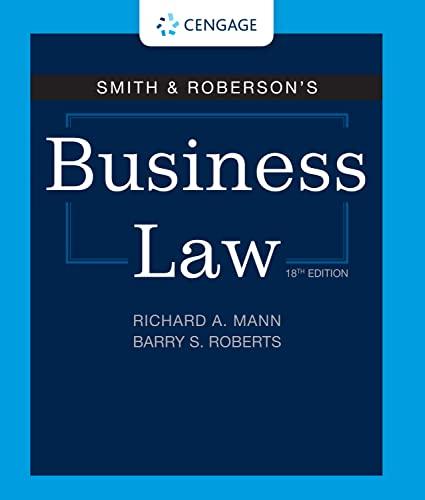Question
Watch the 2 videos provided, read the story and answer the questions provided. https://youtu.be/qQ-96BLaKYQ?si=DmEiXIVG41XpPCmt https://youtu.be/q__5yS_Anv8?si=lVqmYXxWWEmxisH2 In 1959, Steven Truscott, just 14 years old at the
Watch the 2 videos provided, read the story and answer the questions provided.
https://youtu.be/qQ-96BLaKYQ?si=DmEiXIVG41XpPCmt
https://youtu.be/q__5yS_Anv8?si=lVqmYXxWWEmxisH2
In 1959, Steven Truscott, just 14 years old at the time, was sentenced to be hanged for murdering his schoolmate and friend, 12-year-old Lynne Harper. On June 9 that same year, Truscott gave Harper a ride on his bicycle and was the last known person to see her alive. Two days later, her body was found in a wooded area about 180 kilometres west of Toronto. It was determined that Harper had been raped and strangled.
Within two days of discovering her body, police charged Truscott with her murder. At the trial. The Crown's case was based on four main pieces of evidence, one of them being eyewitness evidence as to when and where Truscott was seen on the night that Harper disappeared. The Crown used this evidence, even though there were many conflicting eyewitness reports, to establish the 'fact' that Truscott took Harper into the wooded area where she was later found dead (Robins, 2008).
After only 15 days of trial, Truscott was found guilty and was handed the death penalty. He spent three and a half months on death row, believing that the construction outside his prison was actually the construction of scaffolding for his hanging. His sentence was later commuted to life imprisonment and he ended up spending the next 10 years of his life behind bars before he was finally paroled.
In 2006, the Ontario Court of Appeal started hearings in the case. One of the witnesses Karen Jutsi, who was only 9 years old at the time of the murder, stated that her original eyewitness report was incorrect. She claimed to be shocked when she read her statement years later.
On August 28, 2007, Steven Truscott was finally acquitted, with the court calling his conviction a 'miscarriage of justice'. He was later awarded $6.5 million in compensation, nearly 50 years after he was charged and found guilty of Harper's murder.
It is believed that the controversy surrounding Truscott's case is what led to Canada's abolition of the death penalty in 1976 (CBC news, 2008).
This case is just one of many wrongful convictions that have happened throughout Canadian history. Other well-known cases include those of Guy Paul Morin, David Milgaard, and Thomas Sophonow. According to the Innocence Project at Osgoode Hall Law School at York University, an estimated 25 percent of wrongful convictions involve faulty eyewitness testimony, as distinguished from identification error.
Questions:
1. What factors may be involved in faulty eyewitness testimony? (3 marks)
2. Does faulty eyewitness testimony relate solely to memory or could there be other influences as well? (2 mark)
3. What are some things the Canadian legal system can do to reduce the number of wrongful convictions resulting from faulty eyewitness testimony? (2 marks)
Step by Step Solution
There are 3 Steps involved in it
Step: 1

Get Instant Access to Expert-Tailored Solutions
See step-by-step solutions with expert insights and AI powered tools for academic success
Step: 2

Step: 3

Ace Your Homework with AI
Get the answers you need in no time with our AI-driven, step-by-step assistance
Get Started


